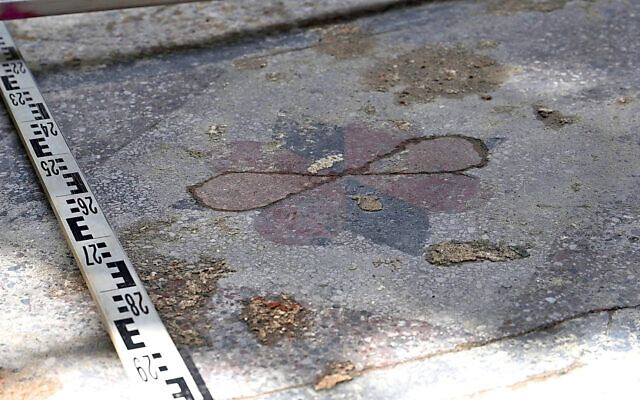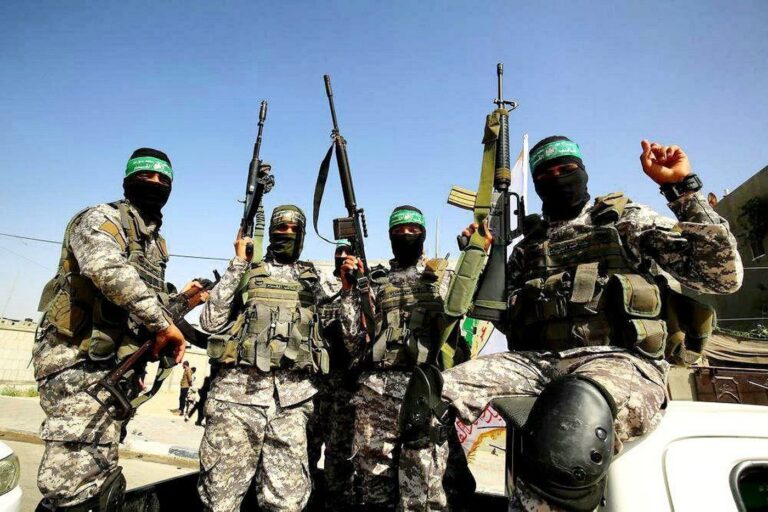Archaeologists have unearthed parts of the floor of the 17th-century Great Synagogue in Vilnius, Lithuania, revealing the extent of its destruction by Nazi and Soviet forces. The excavation, led by the Israel Antiquities Authority (IAA), uncovered sections of the women’s section, mikvah, and a giant pillar that once stood near the bimah.
The findings, dated to the 17th and 18th centuries, provide a glimpse into the shul’s grandeur and the devastating impact of its destruction. The shul was a central hub of Jewish life in Vilnius – a city once fondly referred to as the “Yerushalayim of Lithuania.”
Previous excavations have revealed the shul’s bimah and Aron Kodesh, while the latest discovery shows the floor was decorated with intricate flower patterns. The shul was burned during the Nazi occupation and later razed by Soviet authorities.
At its peak, the Great Synagogue stood as the centerpiece of the Shulhoyf complex, a vibrant hub of Jewish life in Vilnius. Surrounding the large shul were smaller shul, a community council building, mikvaos, batei medrashim, a library, and the residence of the Vilna Gaon.
However, the city’s fate took a tumultuous turn in the centuries that followed. Vilnius became part of Imperial Russia in the 19th century, falling within the Pale of Settlement, where Jews were restricted to living. After World War I, Vilnius briefly served as Lithuania’s capital before Soviet forces conquered the city. Polish troops carried out the city’s first modern pogrom while fighting the Soviets.
During World War II, Vilnius fell to the Germans, who forced 55,000 Jews into a ghetto, ultimately deporting them to labor and death camps in 1943. The Nazis looted and burned the Great Synagogue, which was later liberated by the Red Army in 1944.
Under Soviet rule, the communist regime’s hostility toward religion made it nearly impossible for Jews to practice their faith. The Great Synagogue, once a symbol of Jewish life, was closed and demolished in the mid-1950s, replaced by a school.
(YWN World Headquarters – NYC)












2 Responses
Wow!!!!
My father’s father’s father’s father’s father’s father lived in Lithuania in the late 1700’s.
He probably went here. Cool!!
Then his son was taken to the Russian cavalry, fighting in the Krimchak wars and eventually settling in Uman, where his grandson came to Boston in 1912, eventually settling in LA in 1951, with his son, who is my grandfather.
It vital that rabbinical authorities, expert in mikvaoth, get involved and describe exactly how that mikveh was built, its dimensions etc. Most likely a whole book could be written on the subject.